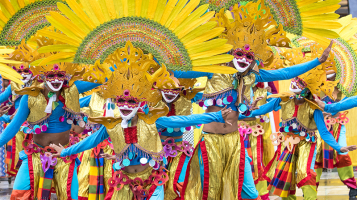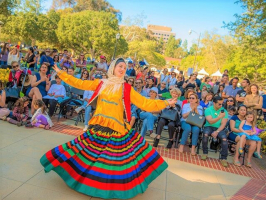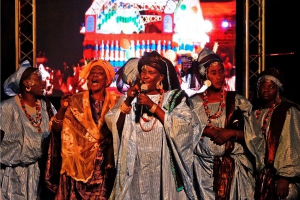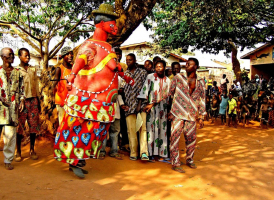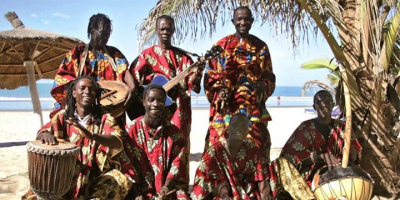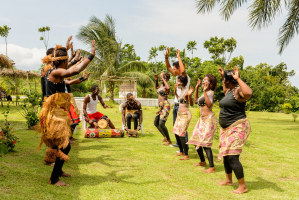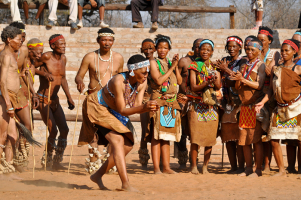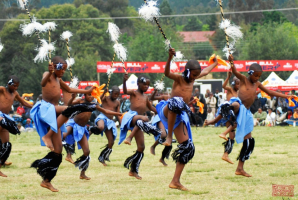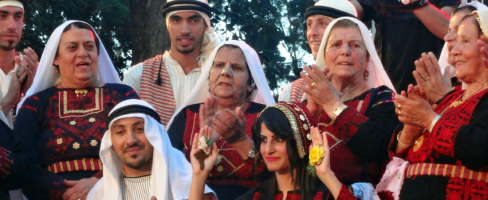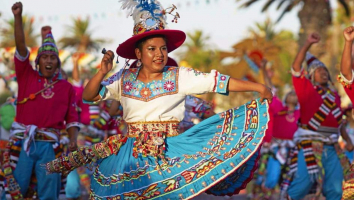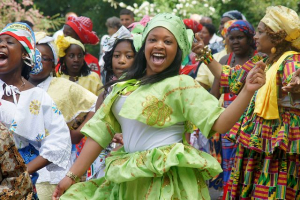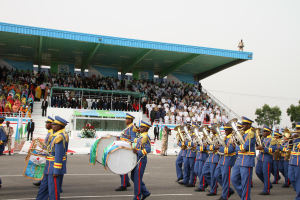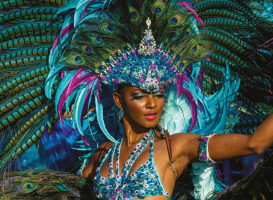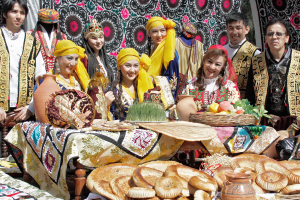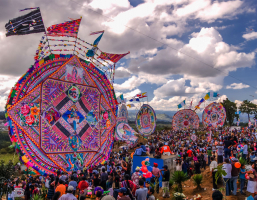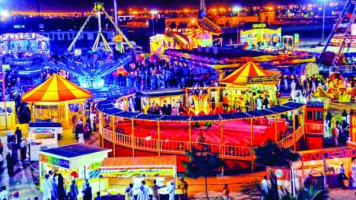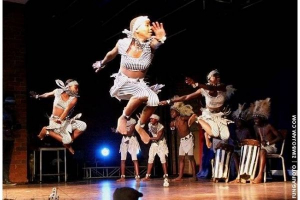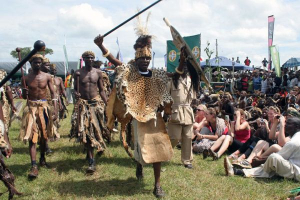Top 10 Most Famous Festivals in Namibia
Nambia is a Southwest African country that is marked by the Namib Desert along the Atlantic Ocean coast. The country is also well known for its diversity in ... read more...wildlife as well as culture. This year-round destination attracts an influx of tourists every festival season. If you do not want to miss any popular festivals, below is the list of the 10 most famous festivals in Namibia.
-
Oshituthi Shomagongo is said to be one of the most famous festivals in Namibia. It is also known as Marula fruit festival which is an event lasting two to three days between March and April, bringing together the eight Aawambo communities of northern Namibia through the consumption of omagongo - a traditional drink from the north of Namibia.
To prepare for Oshituthi Shomagongo, men make wooden goblets and miniature serving gourds, as well as piercing instruments from bull horns. Meanwhile, women make the omagongo baskets and clay pots, pick the matured fruit with the help of young people, then extract and ferment the juice for two to seven days in clay pots. They discuss family matters sing traditional songs, recite poems, and share basketry and pottery-making information during the process. Community members and visitors are offered omagongo and traditional cuisine when the fermentation process is completed. Therefore, it is an opportunity for locals and visitors to mingle, sing and dance, and listen to historical stories.
When: between March and April
Where: Northern Namibia
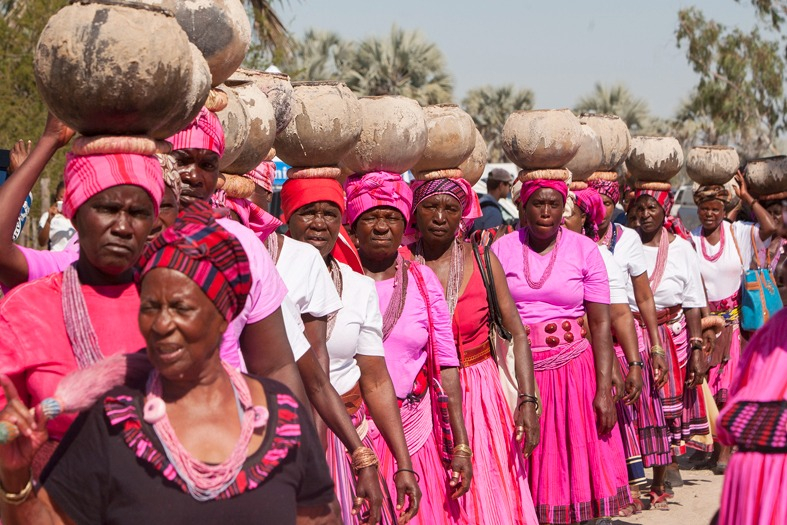
Photo: Science Techniz 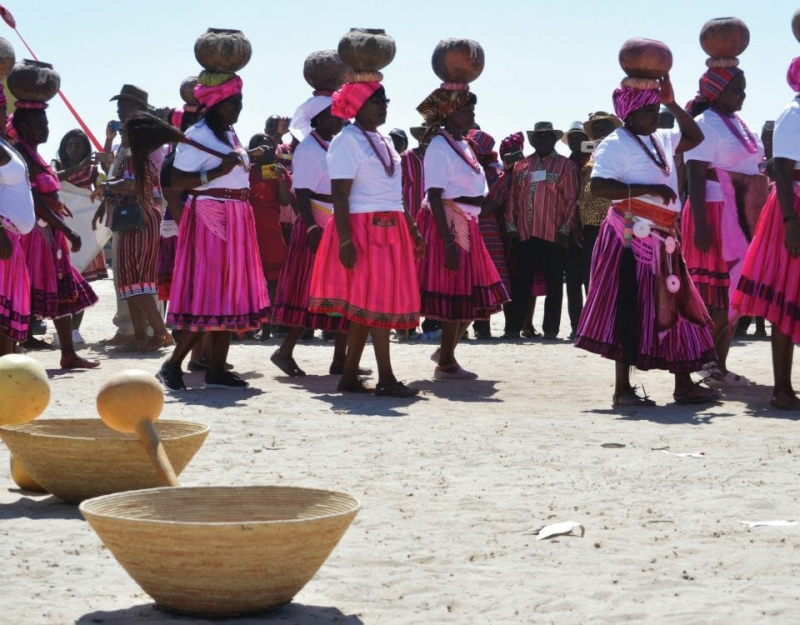
Photo: Travel News Namibia -
The Bank Windhoek Arts Festival, which takes place every February, honors local artists and their work. To celebrate this event, the Bank Windhoek Arts Festival program was created to support a wide range of events, including theatre, visual arts, dance, and more. It promotes the talent of artists by assisting locals in establishing a name in the industry and providing a chance for visitors to experience the local design scene.
Throughout the capital, different events ranging from dance and drama to visual arts are held. The Bank Windhoek Arts Festival also has a platform called the Bank Windhoek Triennial, which allows Namibian visual artists to display their work in a national exhibition and compete for prizes. Omaleshe Dance and Drumming, Genadendal, and Swakopmund Arts Association are among the other activities hosted by Bank Windhoek Arts Festival.
When: February
Where: Windhoek, Khomas, Namibia
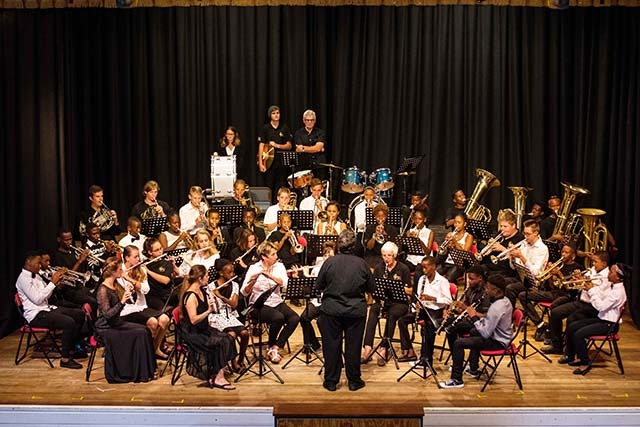
Photo: The Namibian 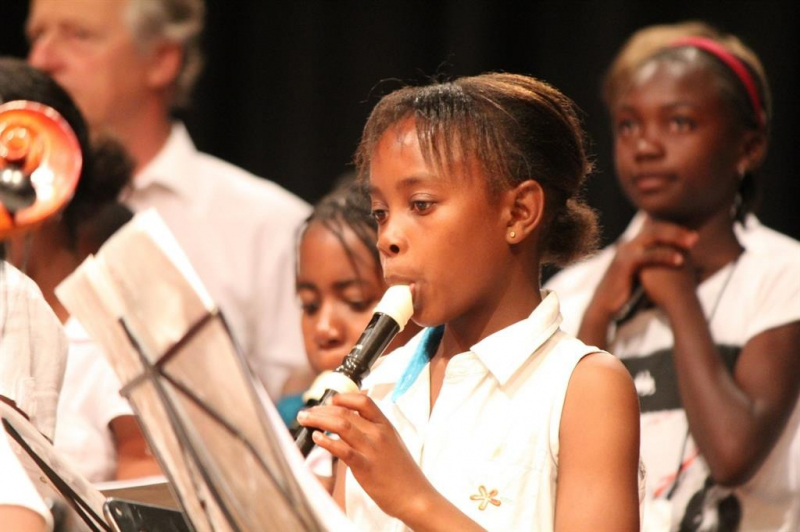
Photo: Namibian Sun -
Independence Day is a national holiday and one of the most famous festivals in Namibia. This event, which falls on March 21st, is commemorated with several banquets and events across the country. It is a day for Namibians to appreciate democracy and realize that they are no longer under German colonialism which lasted from 1904 to 1907. This dark period is notorious for a serious genocide taking place against the Nam and Herero tribes. Citizens ask their country to sue Germany for compensation for their actions.
However, on Independence Day, Namibians celebrate their festival with great joy, despite their past sorrow. People flow into the streets on Independence Day to celebrate their hard-won independence. There are parades and a variety of other festive activities, schools are closed and many people take time off work to participate. To commemorate this memorable event and express intense feelings of love, nationalism, and patriotism, Namibians hoist their national flag and sing the African Union and national anthem.
When: March 21st
Where: All across the country
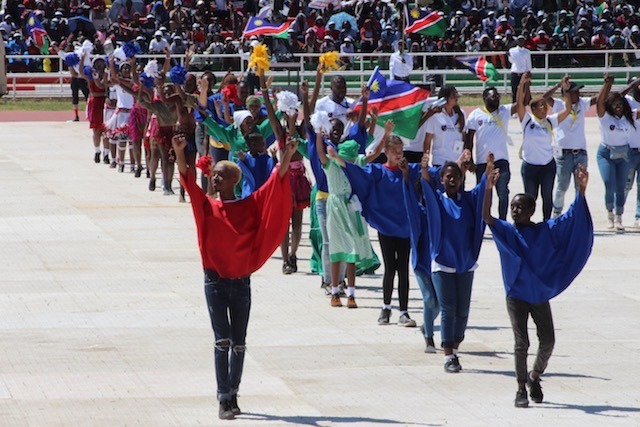
Photo: The Namibian 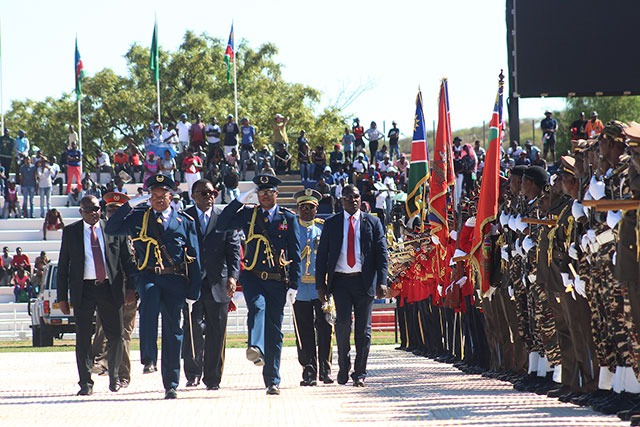
Photo: The Namibian -
The Windhoek Karneval, or WIKA, is the most important cultural festival in Windhoek and Namibia. Visitors can feel a strong German mood throughout the festival, which is a legacy of German occupation. WIKA, which takes place in April, includes a variety of activities for adults, such as musical concerts and a masked ball, as well as a carnival and a procession down Independence Avenue for children.
For the first time in 2008, all of the activities were extended to a month, however, they have been held every two weeks since the mid-2010s. The carnival has been going on since 1952, held by the "Carnival Society Windhoek 1952" organizing it and hosted by the Sportklub Windhoek - a sport club in the capital of Namibia. The festivities begin on the first day with the Prinzenball and continue with the Büttenabende (music and sketch performances), Maskenball (the masked ball), and the Kehraus, which marks the end of the carnival. It also includes a ladies' night, a youth carnival, and a children's carnival.
When: April
Where: Windhoek, Namibia
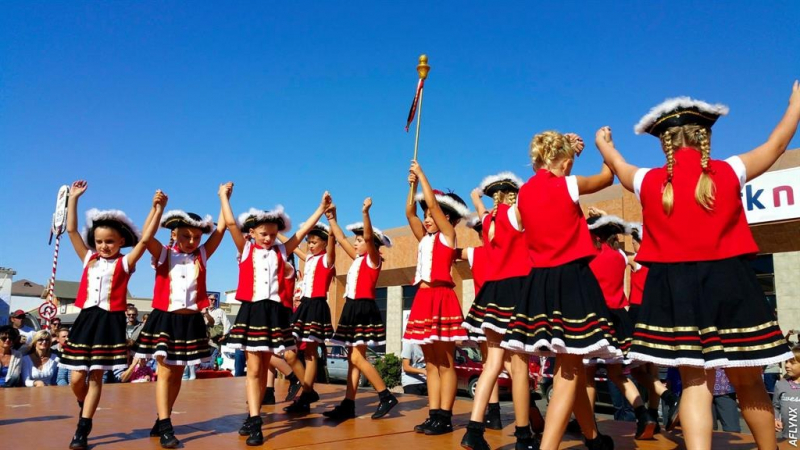
Photo: Erongo Source: Gondwana Collection Namibia -
In this region of Africa, race has long been a hot topic, owing to the apartheid and various forms of discrimination that the people have faced over the years. Therefore, on Africa Day, people celebrate the diversity of people and also encourage people to raise political awareness and consciousness about the state of affairs in Africa as well as the self-determination to be liberated economically.
In Namibia, it is a public holiday, so there is a day off for the general population, and schools and most businesses are closed. Local communities gather together on Africa Day to promote cooperation and peaceful coexistence. In Namibia, local communities gather together on Africa Day in May to promote cooperation and peaceful coexistence. To observe this event, they also wear and sell African-themed attires and designs.
When: May
Where: All across the country
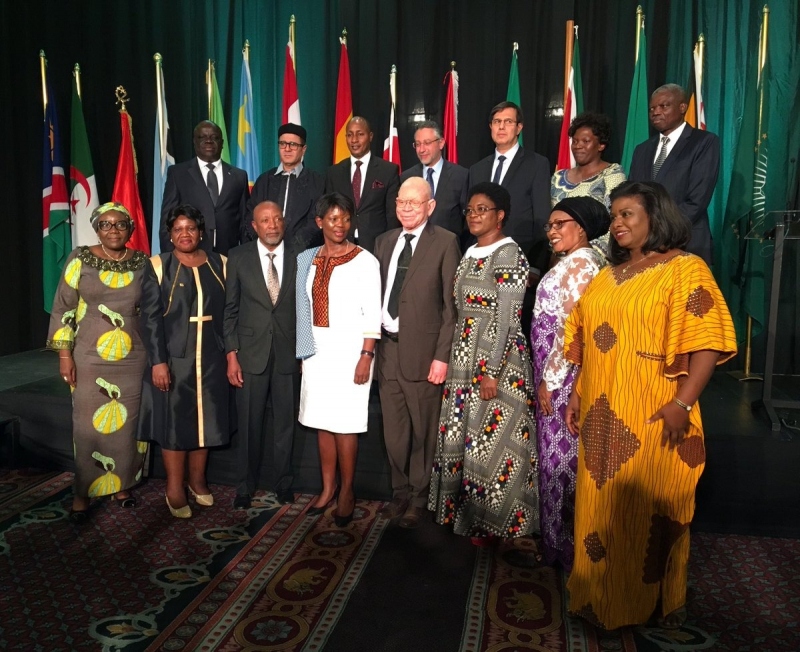
Photo: Twitter 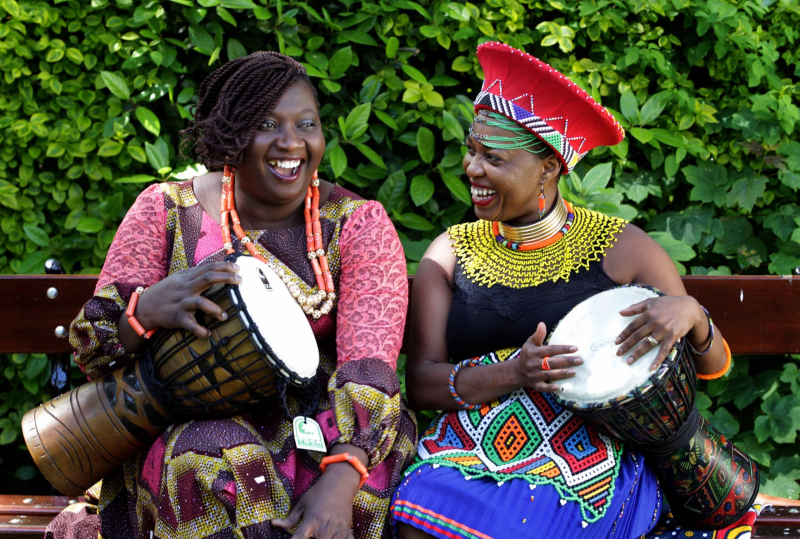
Photo: Africa Day -
Namibians celebrate the New Year Festival both on the first day of January and the Day of the Kings on the 6th of January. However, New Year in Namibia is certainly a bit different than other countries around the world which make it one of the most famous festivals in Namibia.
Because Namibia is a Catholic country, traditions, and activities like fireworks, new year’s resolutions, and all-night clock-watching are quite popular in Namibia. However, in Namibia, New Year's Eve parties and barbecues frequently have a theme and people often dress up in traditional clothes. These are periods of intense social contact, seemingly endless dancing, and vibrant talks. Stadiums, hotels, and other sites in Windhoek and other of the larger cities will host shows and fireworks displays on New Year's Eve, which are expected to attract thousands of people. This time of year, the beaches are also crowded, with bonfires on the sand and fireworks overhead. There are also gifts for children and big celebrations are held in all the villages.
When: January 1st
Where: All across the country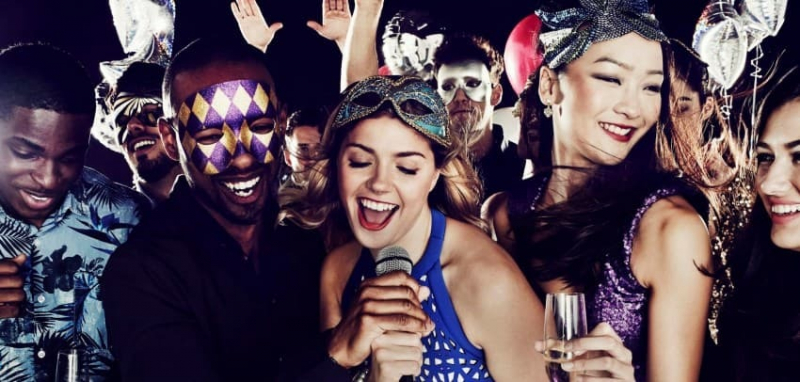
Photo: Gondwana Collection 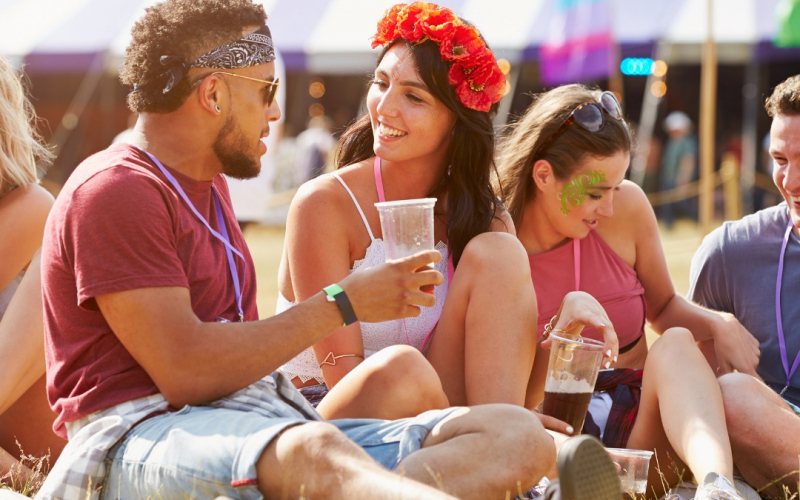
Photo: Ohorongo Safaris -
Of all the famous festivals in Namibia, the celebration of Heroes’ Day or Maharero Day is one of the most representative in the country. This loud and colorful event, held every August in the town of Okahandaja, honors Namibia's war heroes who fought against the Germans and the Khoi-khoi tribe with military processions and traditional costumes. This annual national festival is held in various locations around Namibia, usually in the north near important battlegrounds. Hundreds of people attend each year to watch politicians publicly honor veterans of Namibia's People's Liberation Army. Honors such as military medals are also granted at this event.
Heroes’ Day is a time for all Namibians to reflect on the journey the country has come since its independence from South Africa in 1990. Nowadays, Namibia focuses on the positive aspects of its post-independence reality rather than the lives lost in the war. In recent years, current residents' Namibian hero has received a lot of attention.
When: August 26th
Where: All across the country
Source: The Namibian 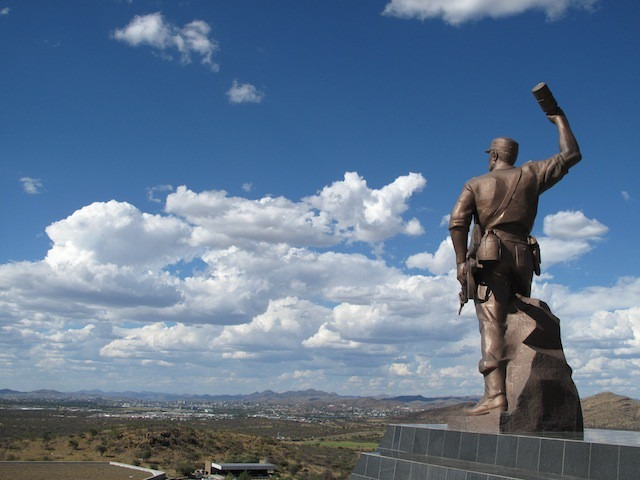
Photo: Namibia Tourism Board -
Because Namibian was under the colonization of Germany, there are many festivals relating to the remaining from German colonial times and Oktoberfest is the most representative. It is known as one of the world’s best-known drinking events. Organized in the capital of Namibia - Windhoek, this festival attracts many people of all ages with beer, fun, and games.
During the festival, Namibians along with tourists perform the Schuhplattler which is a traditional style of folk dance popular in the regions of Bavaria and Tyrol. The performers stomp, clap, and strike the soles of their shoes (Schuhe), thighs, and knees while keeping their hands flat in this dance (platt). Besides fantastic food and drink, there will be a variety of games and attractions to keep everyone happy and entertained. It is undoubtedly that live music, traditional Oktoberfest games, and challenges, as well as other activities in Oktoberfest, will give you unforgettable memories.
When: October
Where: Windhoek, Namibia
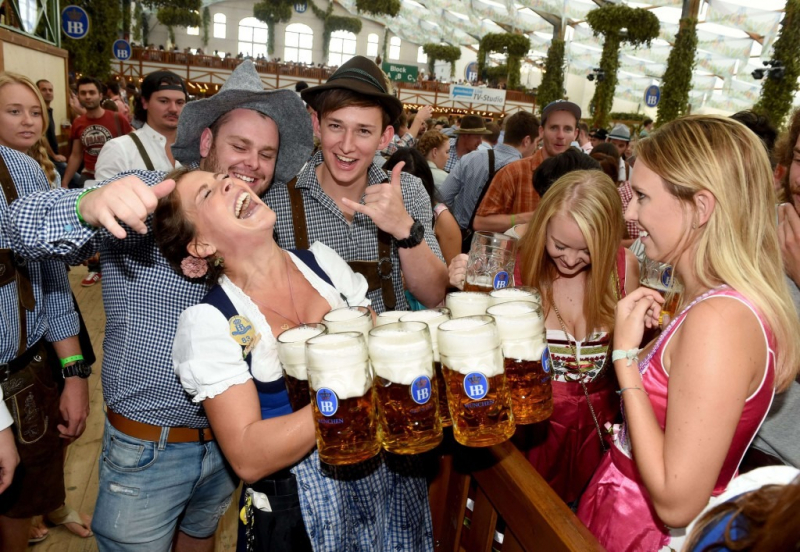
Photo: LK Mediabook 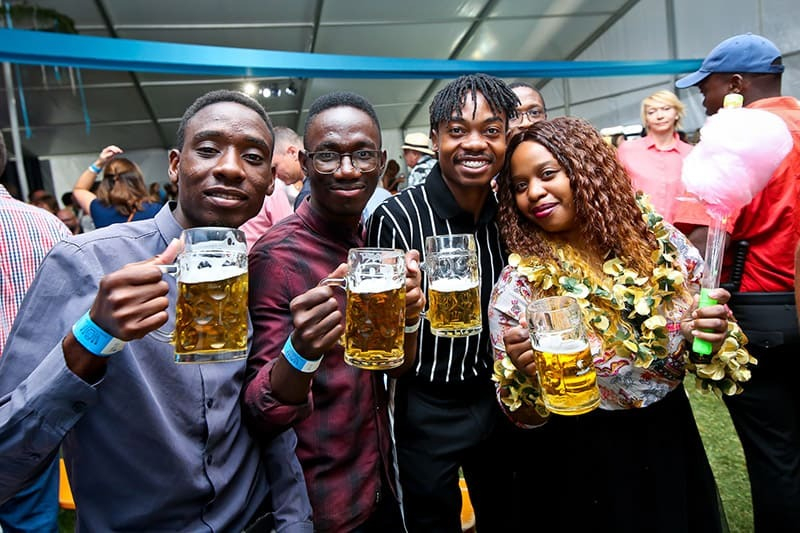
Photo: Oktoberfest Namibia -
Lusata Festival is an annual festival taking place every year in the last week of September and celebrated by all Mafwe tribal people of Namibia - one of the main ethnic groups in the Caprivi Region and nearby countries. The name of the celebration comes from the royal mace, an ivory-encrusted stick. Lusata Festival promotes traditional values, and remembers the past, and is optimistic about the future.
Most people from all villages in Caprivi celebrate this festival by dancing and feasting. It is always held in Chinchimani village, 6 kilometers from Katima Mulilo, where the king lives. The king gives his people advice on how to eliminate crime in their neighborhood, region, and even country. He used to wear tigers and other animal skins as well as customary clothing. George Simasiku Mamili is the Mafwe king, and Mamili is a royal name used by Mafwe rulers. Induna Silalo and the traditional court's Ngambela were always in charge of the festivities.
When: Last weekend of each September every year
Where: 65 kilometers southwest of Katima Mulilo, Namibia
Source: Addv Mclavin 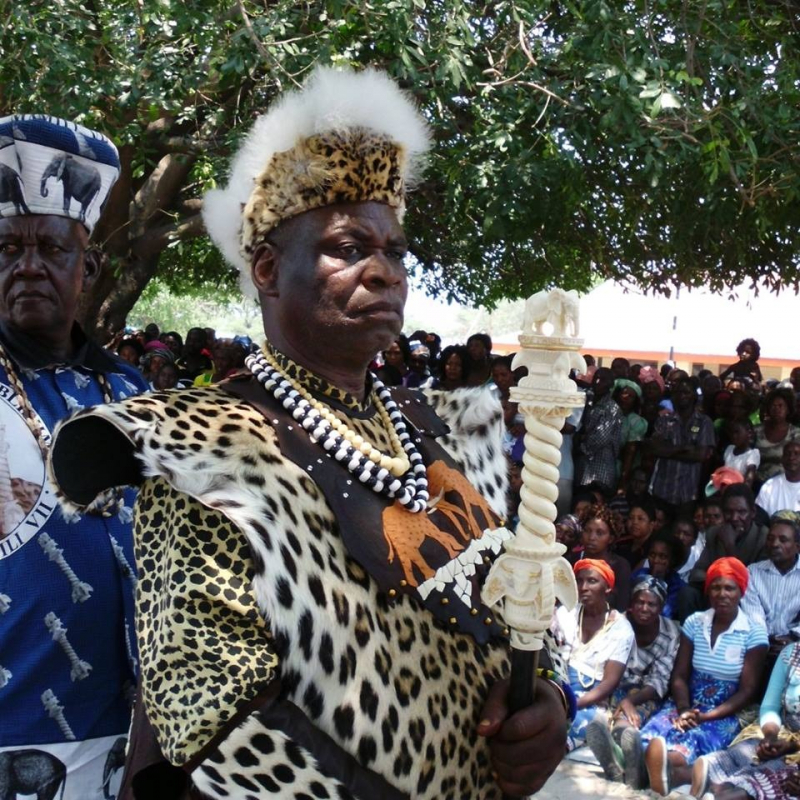
Photo: Twitter -
The Windhoek Industrial and Agricultural Show (WIAS, sometimes known as the Windhoek Show) is an annual trade show held in Windhoek, Namibia's capital. Known as the earliest backbone of the Namibian economy, the festival includes an agricultural exhibition, as well as a variety of industrial and retail services and entertainment options. The Windhoek Show began in 1899 and has been organized annually since 1966 in the first week of October. The Windhoek Show is Namibia's largest industrial and agricultural exhibition and welcomes around 100,000 visitors each year. Klein Windhoek farmers displayed a variety of products during the fair, ranging from fresh fruit to wine.
Besides agricultural and industrial trade fairs, the festival also provides funfair entertainment, live music and food stalls. Apart from agricultural and industrial exhibits, the Windhoek Show also features a variety of cuisines that can be enjoyed with Namibia's famed beers. People of all ages can find relaxing moments with many activities, such as popular merry-go-round, the snake park, animal park, laser shooting, bunji rockets…
When: June
Where: Windhoek, Namibia
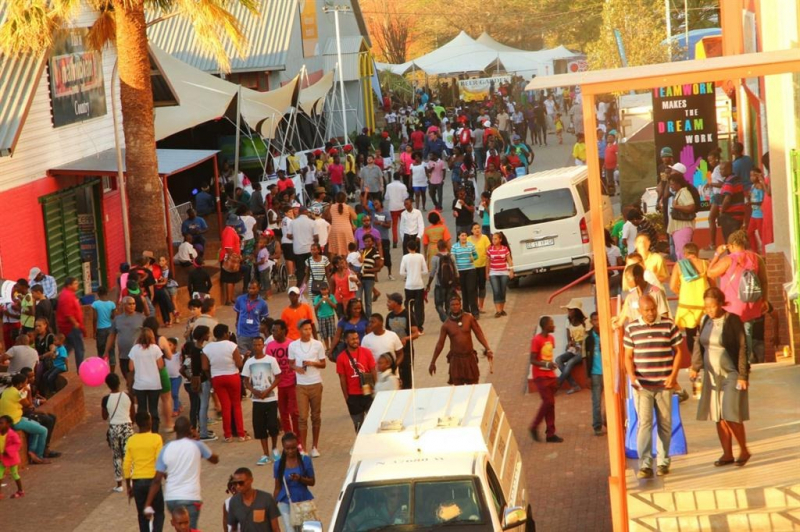
Photo: Namibian Sun 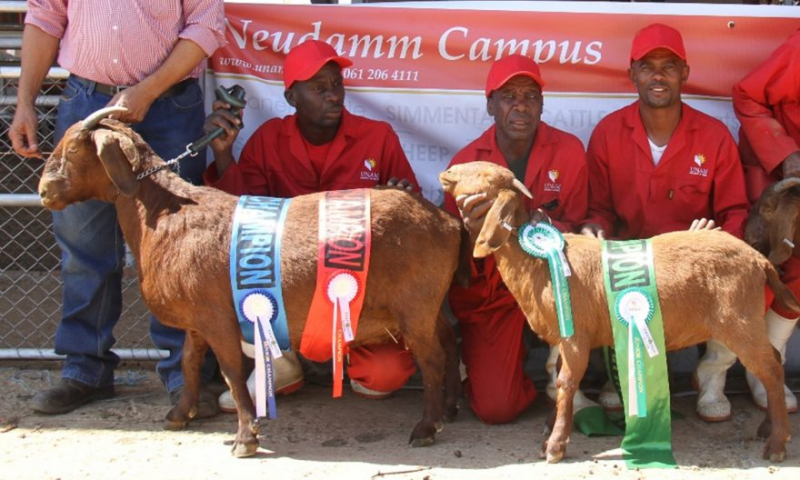
Photo: Namibian Hub












